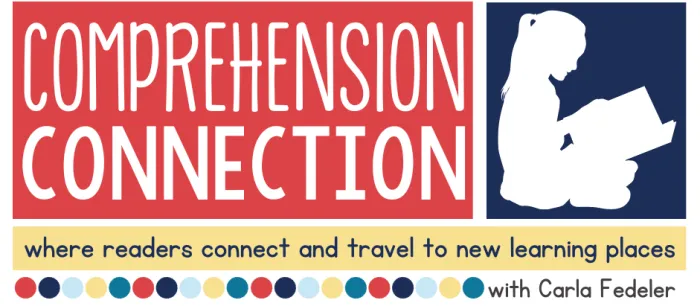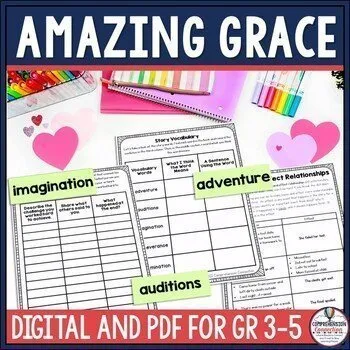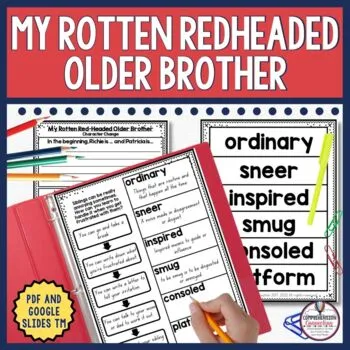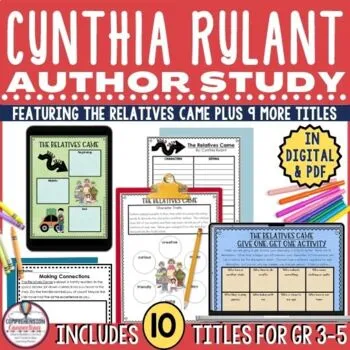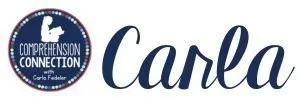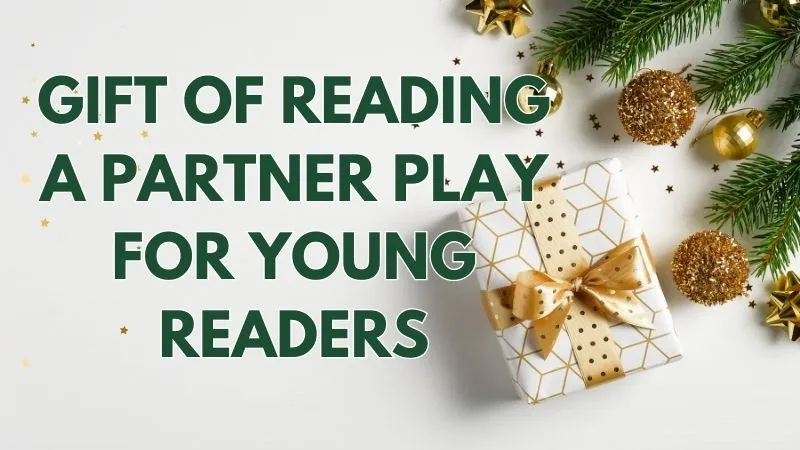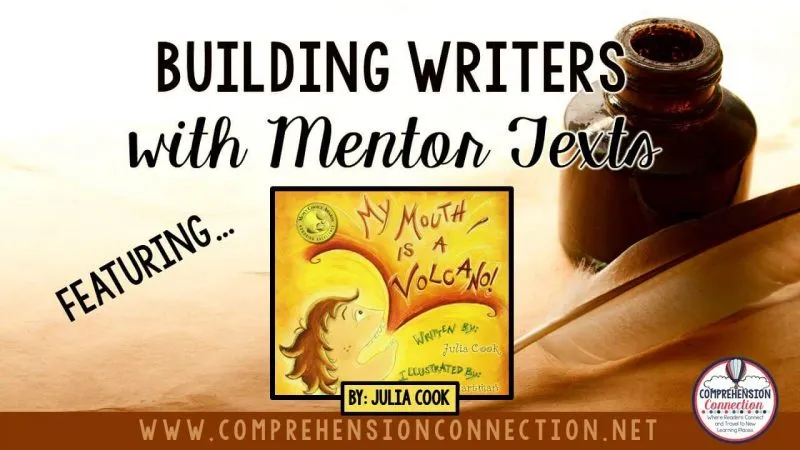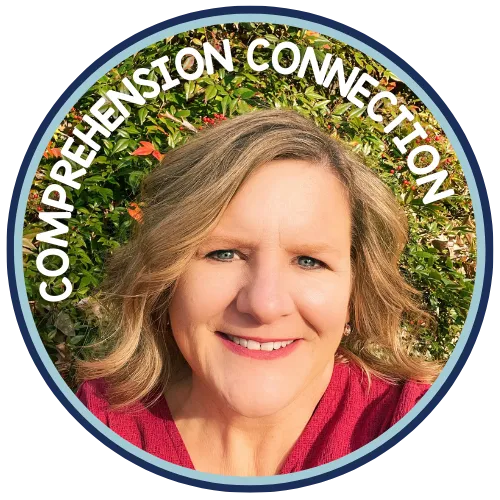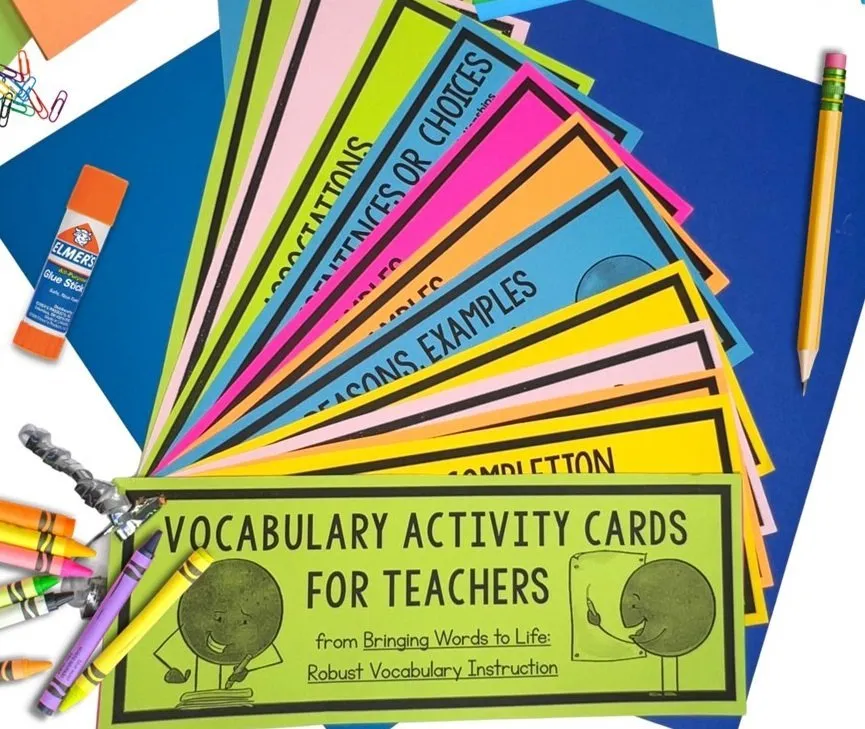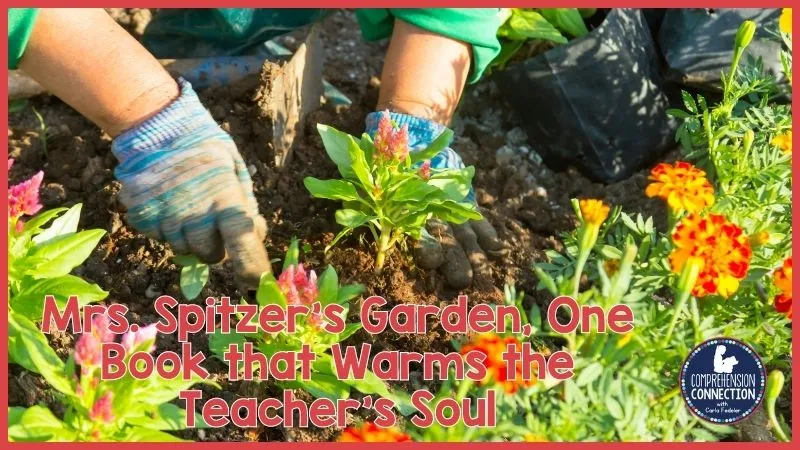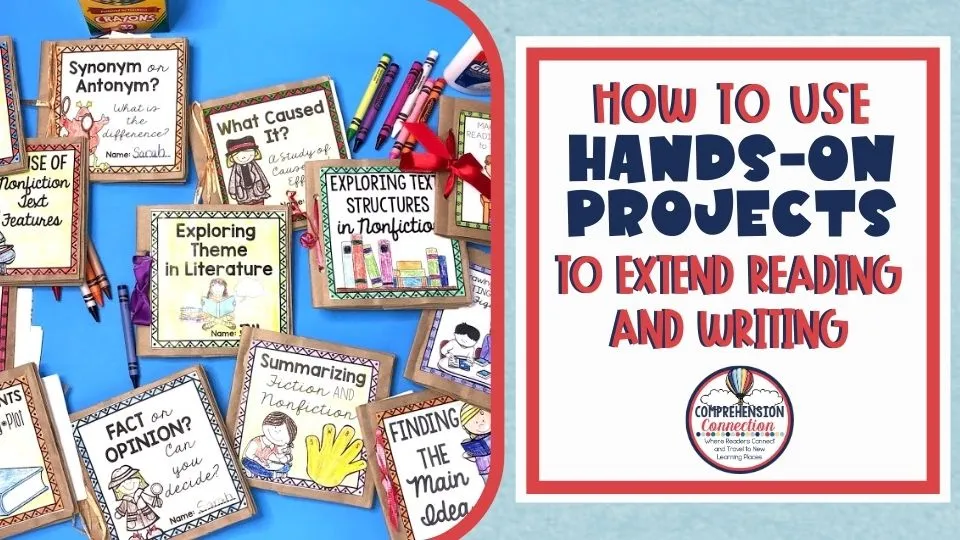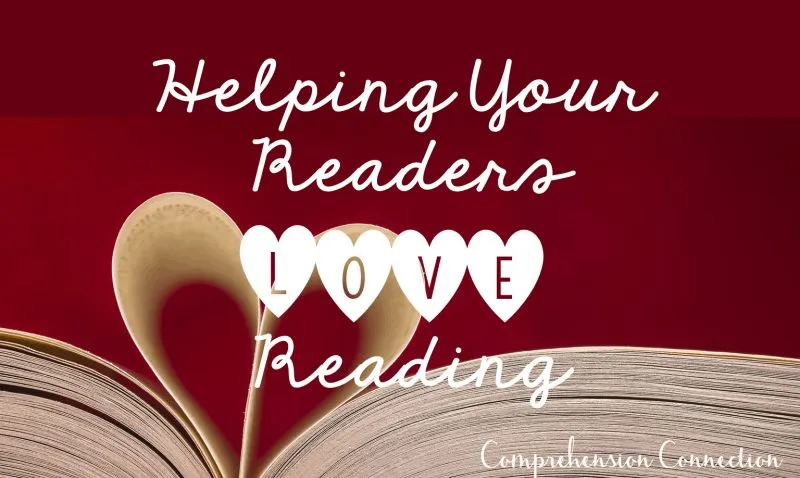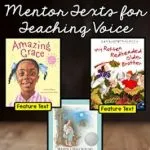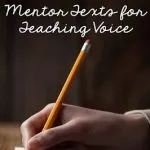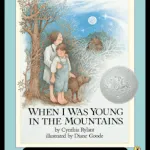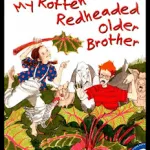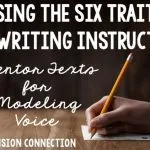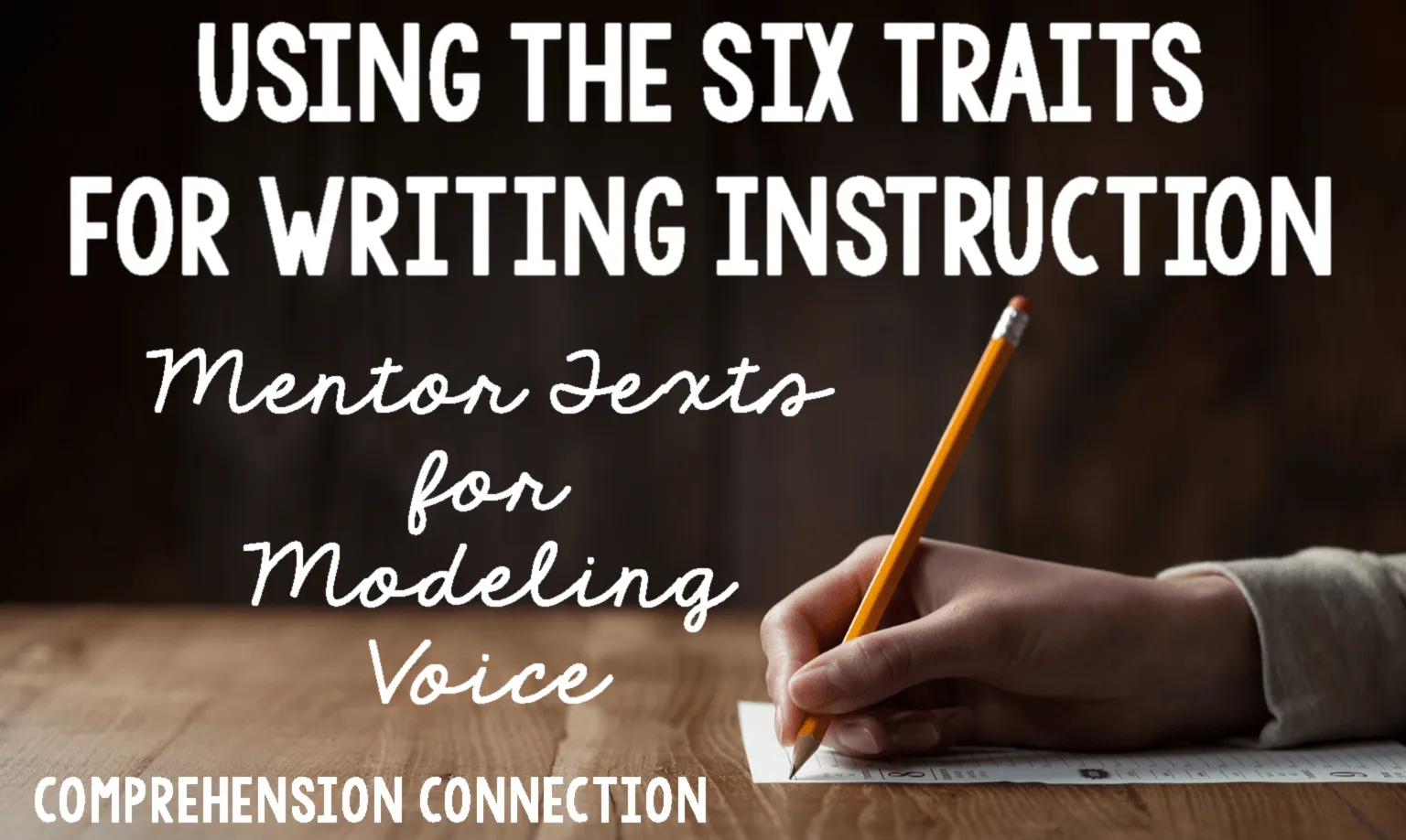
With writing, we all have to find our own voice. To me, voice is demonstrated by a writer’s style, phrasing, use of words, and the way he/she guides the reader to visualize and understand the central message of a piece. When I am working with kids on teaching voice, I often use mentor texts that are unique. Author studies are very useful when teaching voice because you can “hear” the author’s voice across the texts you use. In this post, I’ll share my favorite authors for working on voice and what makes them great choices for teachers.
Teaching Voice with Mary Hoffman’s Grace Books:
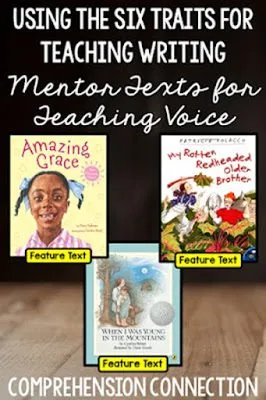
One series I love to use during the early part of the year is the Grace books by Mary Hoffman. Amazing Grace, Princess Grace, Boundless Grace, and Grace and Her Family are the titles I’ve included. I have used Amazing Grace with guided reading groups in the past, but not the others. I find the central message in Amazing Grace very inspirational, and the reason it has such an impact on the reader is because of voice.
The gist of the story is that Grace, the main character, has determined that she can do anything and be anything she likes. She has a wild imagination and pretends to be all the characters she’s read about, but when her class begins to plan for their class play, Peter Pan, she’s suddenly faced with doubt. However, with the encouragement of her nana, she goes for it.
Two ideas I am planning with this book in particular are narrative writing about achieving something you set out to do and essay writing about goal setting. With voice, I think mini lessons focused on wow words vs. overused words are timely. One resource I have used from Gay Miller is her Wow Words Mini Thesaurus. I also love her Show Don’t Tell Powerpoint. You might look around on her site for other writing tips.
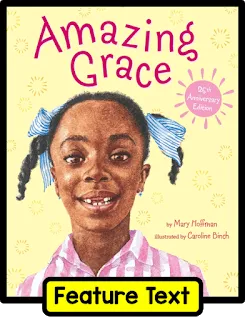
THIS RESOURCE in my shop includes the guided reading materials I used for the book as well as writing options too.
Using Patricia Polacco’s Books for Teaching Voice:
Another favorite author of mine for teaching voice is Patricia Polacco. I love how she incorporates real life events from her childhood with a deep focus on her characters. The description of Richie’s antics in My Rotten Redheaded Older Brother demonstrate voice very well, and patterning off of this book to write personal narratives about family events is a great teaching assignment.
For modeling, you might use scenes like the watermelon seed spitting or the merry-go-round event. These help kids focus on small moments.
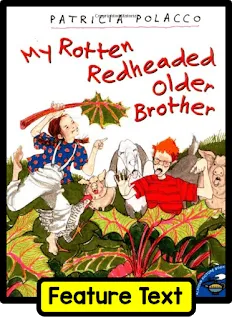
You might also use an anchor chart like this one to elicit observations from your students as you share specific scenes with them, and as a next step, come up with a common event such as going fishing and catching your first fish, riding on a rollercoaster, or sledding with a friend. As a group, students can work together to develop creative ways to describe events they have in common.
Using Cynthia Rylant’s Work:
The final author I wanted to highlight for voice is probably one of my favorite authors since she’s from neighboring state, West Virginia. Cynthia Rylant has quite a few books that are set in our Blue Ridge Mountains, and I love building that connection with my students. She describes a family reunion in The Relatives Came and her childhood living in the mountains of West Virginia in When I was Young in the Mountains. Her personal experiences could not be described by any other person the way she does. Her voice shines as she describes unique examples with perfectly worded phrases and use of repetition.
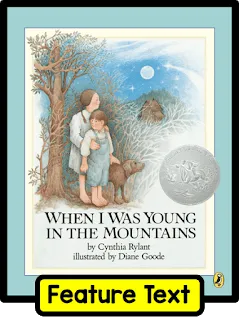
-
Sale Product on sale
 Cynthia Rylant Fall Literacy Book Study Bundle with Activities for 10 Titles
Cynthia Rylant Fall Literacy Book Study Bundle with Activities for 10 Titles$51.92Original price was: $51.92.$27.00Current price is: $27.00.
What Makes a Great Texts for Teaching Voice:

So what do you look for in a book for teaching voice? According to Beth Newingham on Scholastic, you need books with strong characters who are bossy and obnoxious or calm and gentle. Considering those I shared, I would say they fit.
This post from Smekens Educational Solutions says that you want books that fit the following:
- reflect mood
- tap into the reader’s feelings, and
- target specific perspectives or points of view
I completely agree with these descriptions. Not every book is a great book for teaching voice, so it is important for us to be selective to make sure our books match our unique
Other Posts to Check Out:
Subscriber Freebie:
If you have not joined my email list, here’s an opportunity for a nice writing resource for writing a memoir. Several of the books I mentioned would work well with memoir writing. Subscribers also have access to my resource library above. I hope you’ll join me for more literacy tips in your inbox!?

